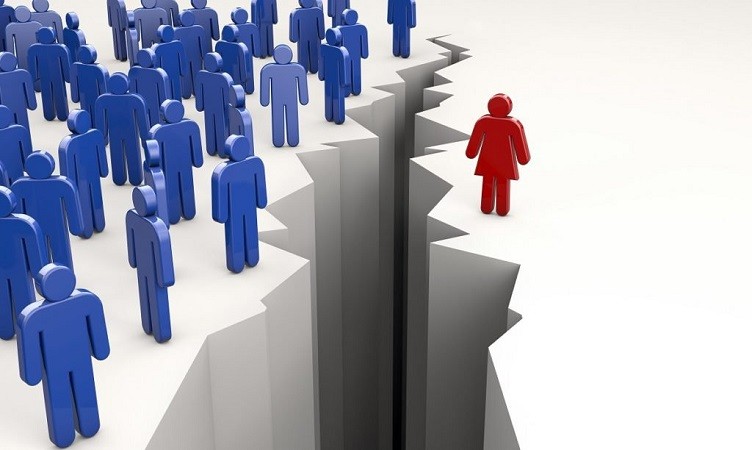
India has declined 28 places in the World Economic Forum’s (WEF) Global Gender Gap Report 2021, and is now one of the worst performers in South Asia, trailing behind neighbours Bangladesh, Nepal, Bhutan, Sri Lanka and Myanmar - it is now ranked 140 among 156 countries.
According to the report, India has closed 62.5 percent of its gender gap till date. The country had ranked 112th among 153 countries in the Global Gender Gap Index 2020. Noting that the decline also took place on the economic participation and opportunity subindex, albeit to a lesser extent, the report said India's gender gap on this dimension widened by 3 percent this year, leading to a 32.6 percent gap closed till date.
Most of the decline occurred on the political empowerment subindex, where India regressed 13.5 percentage points, with a significant decline in the number of women ministers (from 23.1 percent in 2019 to 9.1 percent in 2021). "Among the drivers of this decline is a decrease in women's labour force participation rate, which fell from 24.8 percent to 22.3 percent. In addition, the share of women in professional and technical roles declined further to 29.2 percent.
India inc mop up record Rs 1,88,900-Cr in equity capital this fiscal
IMF's big statement on Indian economy, regarding recovery
CM Yogi : Government will make Uttar Pradesh's economy one trillion dollars
The share of women in senior and managerial positions also remains low: only 14.6 percent of these positions are held by women and there are only 8.9 percent firms with female top managers," the report said. Further, the estimated earned income of women in India is only one-fifth of men's, which puts the country among the bottom 10 globally on this indicator, it said.
Discrimination against women is also reflected in the health and survival subindex statistics. With 93.7 percent of this gap closed to date, India ranks among the bottom five countries in this subindex. Wide gaps in sex ratio at birth are due to the high incidence of genderbased sex-selective practices.